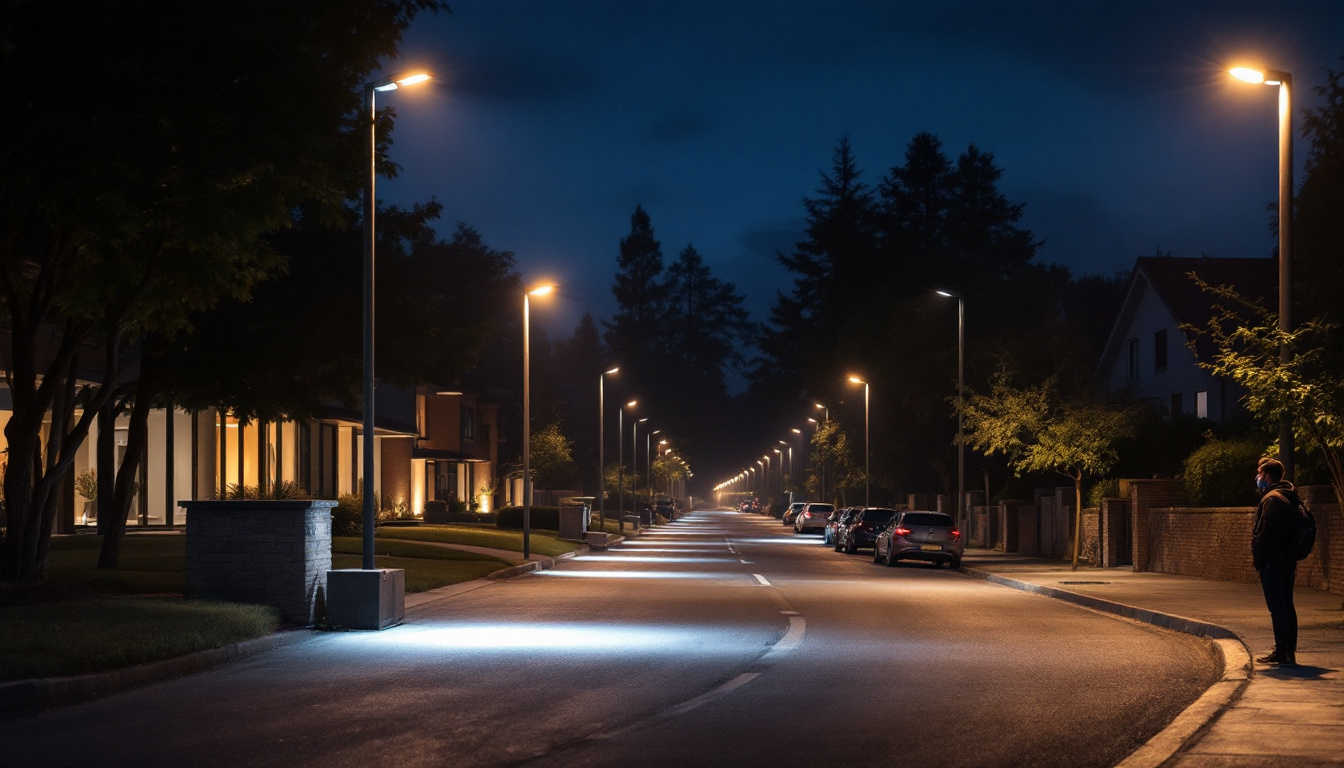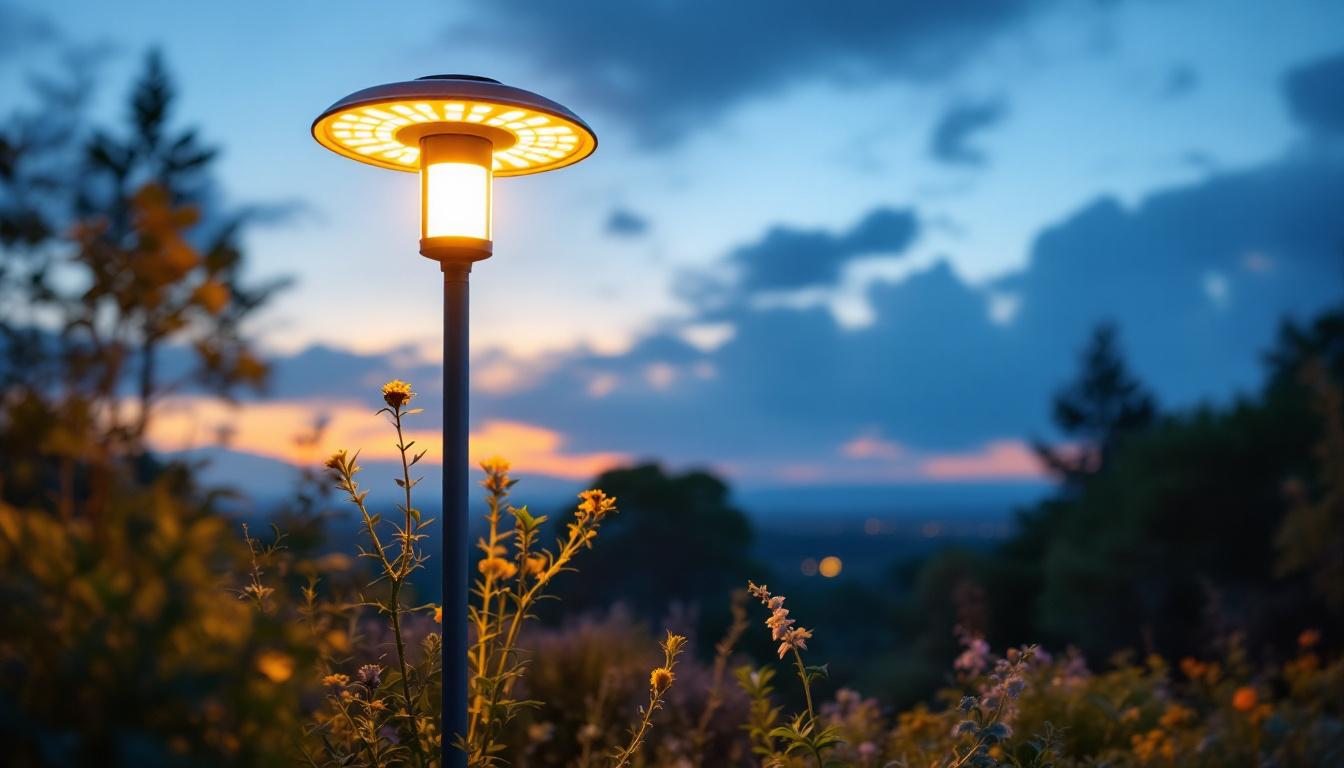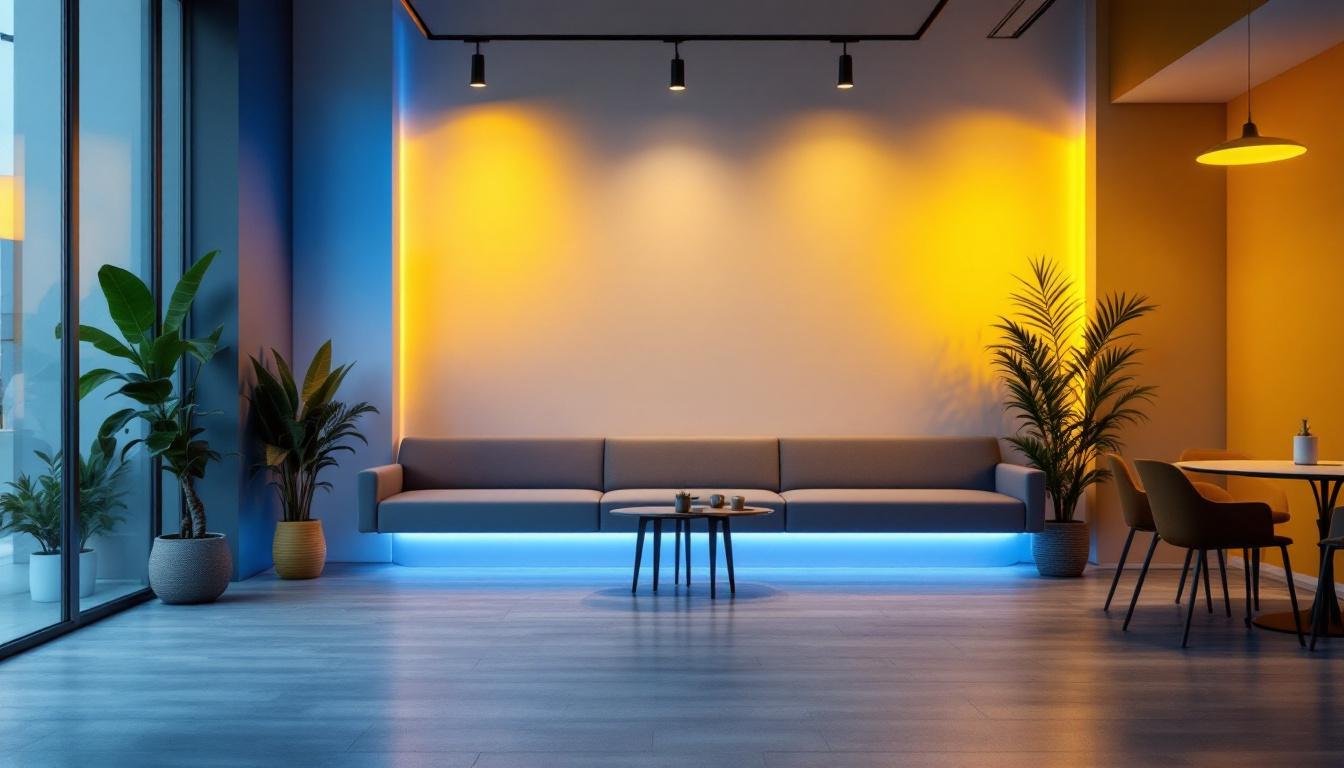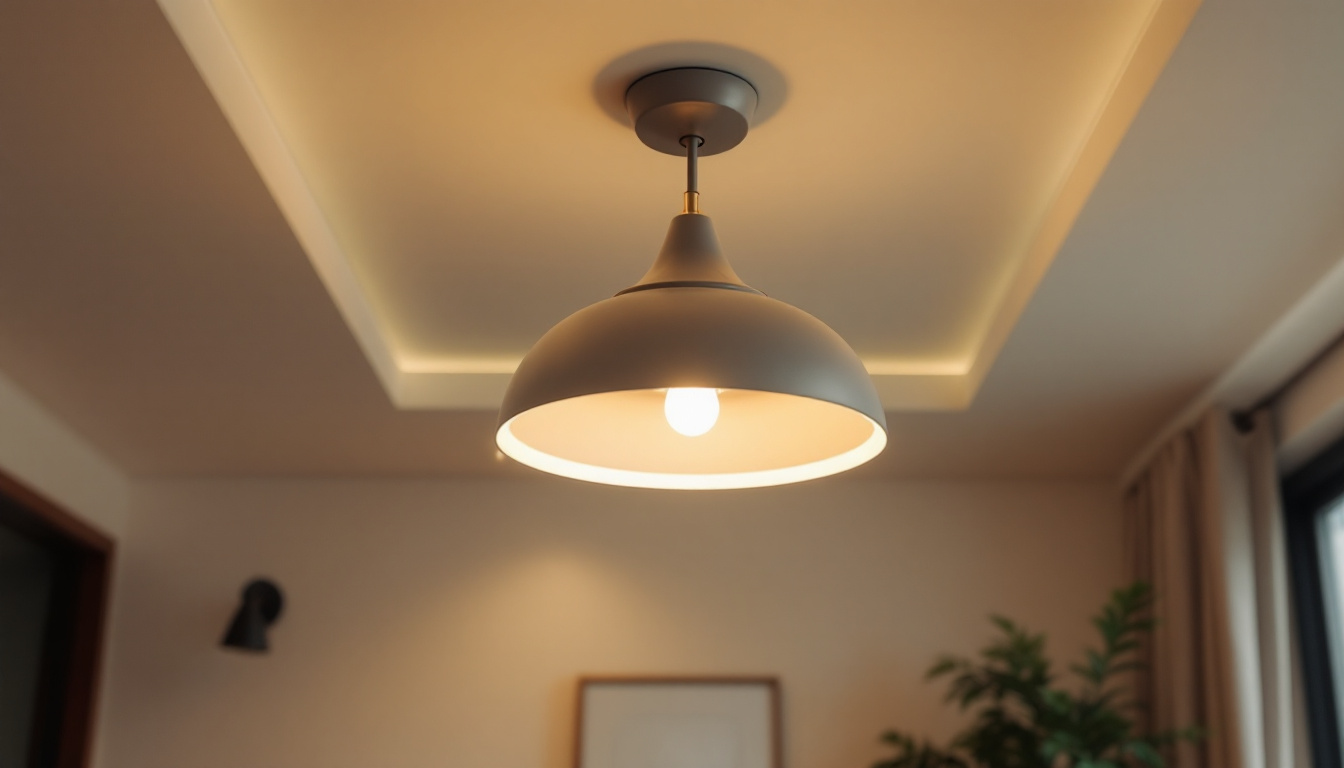
Flood lights are an essential component in the toolkit of any lighting professional. Whether illuminating a construction site, enhancing security in commercial properties, or creating ambiance in outdoor spaces, the right flood light can make all the difference. This article provides a comprehensive checklist to help lighting contractors select the best flood lights for their projects.
Before diving into the specifics of choosing flood lights, it’s crucial to understand what they are and how they function. Flood lights are powerful outdoor lights designed to illuminate large areas. They are typically mounted on poles or walls and can be adjusted to direct light where it is needed most. Their broad beam angle allows for extensive coverage, making them an essential component in enhancing visibility and safety in various environments.
In addition to their primary function of illumination, flood lights can also play a significant role in creating ambiance. For example, strategically placed flood lights can highlight architectural features of a building or create a welcoming atmosphere in outdoor spaces such as patios and gardens. The flexibility in positioning and the ability to adjust brightness levels further enhance their utility, making them a popular choice for both residential and commercial applications.
Flood lights come in various types, each suited for different applications. The most common types include LED, halogen, and metal halide flood lights. LED flood lights are increasingly popular due to their energy efficiency and long lifespan, often lasting up to 50,000 hours, which significantly reduces maintenance costs. Halogen flood lights, while offering excellent color rendering, consume more energy and have a shorter lifespan, typically around 2,000 hours. Metal halide lights are often used in commercial settings but can take time to warm up, making them less ideal for situations requiring immediate illumination.
In addition to these traditional types, there are also solar-powered flood lights that harness renewable energy, making them an eco-friendly option. These lights are particularly beneficial in remote areas where electricity access is limited. Furthermore, smart flood lights equipped with motion sensors and remote control capabilities are gaining traction, allowing users to customize their lighting experience and improve energy efficiency by ensuring lights are only on when needed.
Flood lights are versatile and can be used in a multitude of settings. They are ideal for outdoor sports fields, parking lots, security lighting, and even architectural lighting for buildings. Understanding the specific application will guide the selection process, ensuring that the chosen flood light meets the necessary requirements. For instance, in sports venues, flood lights must provide uniform illumination to avoid shadows that can affect gameplay, while in security applications, the focus may be on creating bright, glare-free light to deter potential intruders.
Moreover, flood lights can also be utilized in event lighting, such as concerts and festivals, where they can help create dynamic lighting effects that enhance the overall experience. Their ability to cover large areas means they can effectively illuminate stages, pathways, and audience areas, ensuring safety and visibility. With advancements in technology, flood lights are now available with color-changing capabilities, allowing for creative lighting designs that can adapt to the theme of an event or the mood of the moment, further expanding their versatility and appeal.
When selecting flood lights, several key features should be evaluated to ensure optimal performance and suitability for the intended application. These features include brightness, beam angle, color temperature, and durability.
Measured in lumens, brightness is one of the most critical factors when choosing flood lights. The higher the lumen output, the brighter the light. For large outdoor areas, a flood light with at least 1,000 lumens is recommended, while smaller spaces may require less. It’s essential to balance brightness with energy efficiency to avoid excessive power consumption.
The beam angle of a flood light determines how wide the light spreads. A narrow beam angle (less than 30 degrees) is suitable for focused lighting, while a wide beam angle (greater than 60 degrees) is ideal for illuminating larger areas. Understanding the specific lighting needs of a project will help in selecting the appropriate beam angle.
Color temperature, measured in Kelvin (K), affects the ambiance created by the flood light. Lower Kelvin values (2700K-3000K) produce warm white light, creating a cozy atmosphere, while higher values (4000K-5000K) yield cooler, daylight-like illumination. Choosing the right color temperature is essential for achieving the desired aesthetic and functionality.
Energy efficiency and lifespan are critical factors that impact both operational costs and environmental sustainability. Selecting flood lights that offer a long lifespan and consume less energy can lead to significant savings over time.
LED flood lights are known for their energy efficiency, consuming up to 80% less energy than traditional halogen or incandescent lights. Additionally, they have a longer lifespan, often lasting over 25,000 hours compared to the 1,000 hours typical of halogen lights. This longevity means less frequent replacements, reducing waste and maintenance costs.
In an era of increasing environmental awareness, choosing energy-efficient lighting solutions is more important than ever. LED flood lights not only consume less energy but also produce less heat, reducing the carbon footprint associated with lighting. Furthermore, many LED products are recyclable, making them a more sustainable option.
Proper installation is crucial to ensure that flood lights function effectively and safely. Various factors must be considered during the installation process, including mounting height, location, and wiring requirements.
The mounting height of flood lights can significantly affect their performance. Generally, flood lights should be mounted at a height that allows for optimal coverage of the intended area while minimizing glare. Additionally, the location should be chosen to avoid obstructions that could block the light. For security lighting, positioning flood lights to cover entry points and vulnerable areas is essential.
Flood lights may require specific wiring and electrical setups depending on their power consumption and installation location. It is critical to adhere to local electrical codes and regulations to ensure safety and compliance. Consulting with an electrician may be necessary, especially for high-powered flood lights or complex installations.
Outdoor flood lights must withstand various weather conditions, including rain, snow, and extreme temperatures. Selecting durable, weather-resistant models is essential for ensuring longevity and reliable performance.
Flood lights are typically constructed from materials such as aluminum, stainless steel, or high-impact plastic. Aluminum and stainless steel offer excellent durability and corrosion resistance, making them ideal for outdoor use. Additionally, the build quality should be robust enough to withstand impacts and harsh weather conditions.
The Ingress Protection (IP) rating indicates how well a flood light is protected against dust and water. A flood light with an IP65 rating, for example, is dust-tight and protected against water jets, making it suitable for outdoor use. Selecting flood lights with appropriate IP ratings ensures that they will perform reliably in various environmental conditions.
As technology advances, smart features are becoming increasingly common in flood lights. These features can enhance functionality and convenience, making them appealing for both contractors and end-users.
Flood lights equipped with motion sensors can provide added security and energy savings. These lights automatically turn on when motion is detected, ensuring that areas are illuminated only when needed. This feature is particularly beneficial for security applications, as it can deter potential intruders.
Many modern flood lights offer remote control capabilities and can be integrated with smart home systems. This allows users to control their lighting from a smartphone or tablet, providing convenience and flexibility. Additionally, some flood lights can be programmed to operate on schedules, further enhancing energy efficiency.
When selecting flood lights, cost is an important factor to consider. While it may be tempting to opt for the cheapest option, it’s essential to evaluate the long-term value of the investment.
While LED flood lights may have a higher upfront cost compared to traditional options, their energy efficiency and longevity often result in significant long-term savings. Contractors should consider the total cost of ownership, including energy consumption, maintenance, and replacement costs, when making purchasing decisions.
When budgeting for lighting projects, it’s essential to account for all associated costs, including installation, wiring, and any necessary accessories. A well-planned budget will ensure that projects stay on track financially and that quality lighting solutions are not compromised.
Choosing the best flood lights requires careful consideration of various factors, including brightness, energy efficiency, durability, and smart features. By following this essential checklist, lighting professionals can make informed decisions that enhance the quality and functionality of their lighting projects.
Ultimately, the right flood lights can transform outdoor spaces, improve safety, and elevate the overall aesthetic. Investing time and resources into selecting the best options will pay off in the long run, ensuring that projects meet client expectations and stand the test of time.
As technology continues to evolve, staying informed about the latest advancements in flood lighting will further empower lighting professionals to deliver exceptional results. Whether working on commercial, residential, or industrial projects, the right flood lights are a critical component in achieving success.
Ready to elevate your lighting projects with the best flood lights on the market? Look no further than LumenWholesale, where we offer an extensive selection of top-quality, spec-grade lighting products at unbeatable wholesale prices. Say goodbye to inflated markups and hello to superior lighting that meets the highest industry standards. With LumenWholesale, bulk buying is hassle-free, and with free shipping, you’re guaranteed premium lighting at the best value — without hidden fees or compromises. Enhance your outdoor spaces with reliable, high-performance lighting and experience the perfect blend of quality, affordability, and convenience. Wholesale Lighting at the Best Value is just a click away.

Discover essential compliance guidelines for lighting contractors working with solar-powered lamps.

Discover how LED lighting in the USA is revolutionizing design with energy efficiency, versatility, and innovative aesthetics.

Discover why ceiling light fixtures are crucial for lighting contractors in creating functional and aesthetically pleasing spaces.

Discover the latest trends in dimming switch technology that every lighting contractor needs to know.